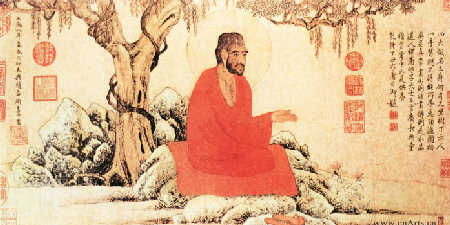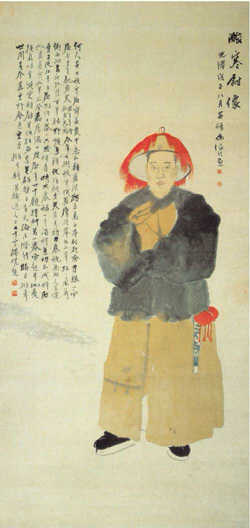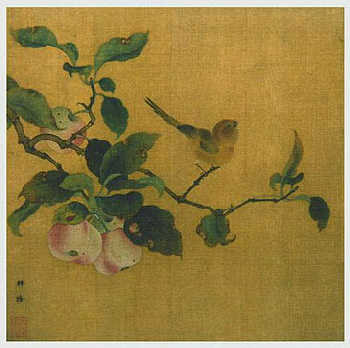Figure paintings, landscapes and flower-and-bird paintings

By Zhao Mengfu,Yuan Dynasty
Ample evidences can be found in fine-art archeology that paintings with people as the subject turned out to be the earliest one among all the categories of Chinese paintings and used to enjoy prosperous development. Dating back to the primitive age, ancestors drew pictures of human beings and animals on walls and rocks with white stalks, red bauxite, or charcoal.
However, figure paintings didn't get fully developed until 1,500 years ago, when Gu Dangzhi (348-409), the famous painter and art theorist, asserted that more attention should be paid not only to the external shapes of figures, but also the internal quality. Hereafter, this argument was accepted by artists and critics and taken as an established rule guiding the future production and comments of similar works.
As the most important and most influential category among Chinese paintings, thelandscape paintings, which came into being much later and developed quickly in theTang Dynasty(618-907), usually take images of natural scenery, such as mountains or rivers, as the subjects. Over the long history of paintings in ancient China, the largest portion of painters specialized in landscapes.
Landscape painting could reach its heyday and maintain its dominant role in Chinese paintings because of its deep root in Chinese traditional culture. Chinese philosophers in ancient times believed in the "unity of human beings and heaven," which means that human beings can feel nature and therefore should be in a harmonious relationship with it.

By Ren Bonian,Qing Dynasty
Having widely accepted this argument, which is different from the Western one that nature should be conquered, Chinese painters tended to integrate their feelings and dreams into the natural scenery they were producing, which meanwhile arouses aspiration and imagination from readers.
With flowers and grass, bamboos and rocks, birds and beasts, and worms and fish as the major subjects, flower-and-bird paintings are usually viewed and admired by viewers. The most frequently seen pictures feature a combination of flowers and birds, hence the flower-and-bird name.

By Lin Chun, Song Dynasty
Originally designed for craftwork, flower-and-bird painting eventually established itself as an independent school in the Tang Dynasty. What's more, considered sublime and elegant by literati in ancient China, the so-called "four gentlemen" including plum, orchid, bamboo, and chrysanthemum (mei, lan, zhu, ju) are the most welcomed subjects in Chinese flower-and-bird paintings.










